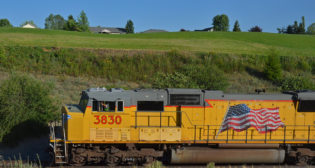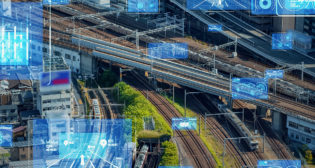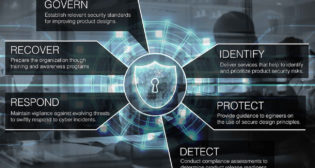
Advanced Telematics Make RailPulse Possible
Written by Kevin Smith, Editor-in-Chief, International Railway Journal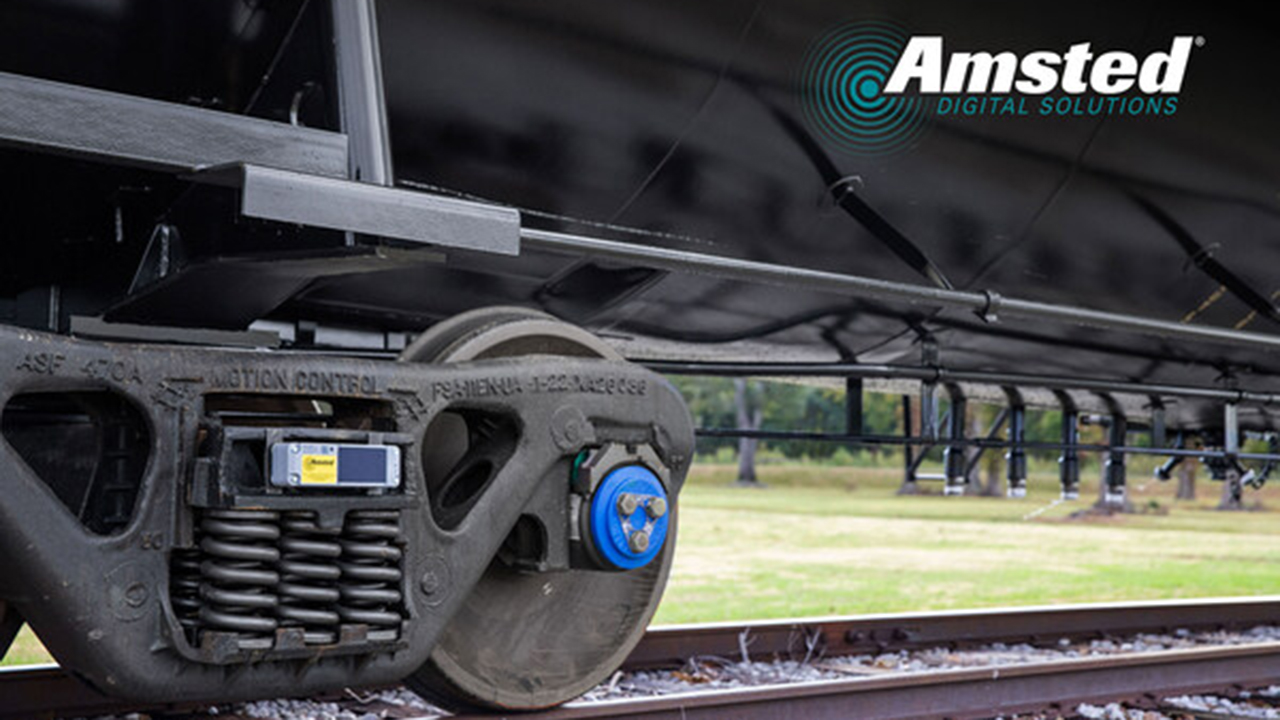
Amsted Digital Solutions IQ Series gateway mounted on a railcar bogie.
Brad Myers, Executive Vice President and Chief Operating Officer at Amsted Digital Solutions, explains to Kevin Smith how advances in telematics technology are making RailPulse possible.
Central to the success of the RailPulse program are advanced telematics technologies. This sector has undergone sweeping changes in recent years as the technology has progressed, enabling suppliers to deliver more of what RailPulse’s members are looking for.
For example, improvements in telecoms capabilities have had a major impact. The advance from 2G to 3G, 4G and now 5G networks has reduced the size of the data packets and consequently the cost of data. This improved affordability has simultaneously increased the range of asset-monitoring capabilities that connected technologies can offer fleet and asset owners.
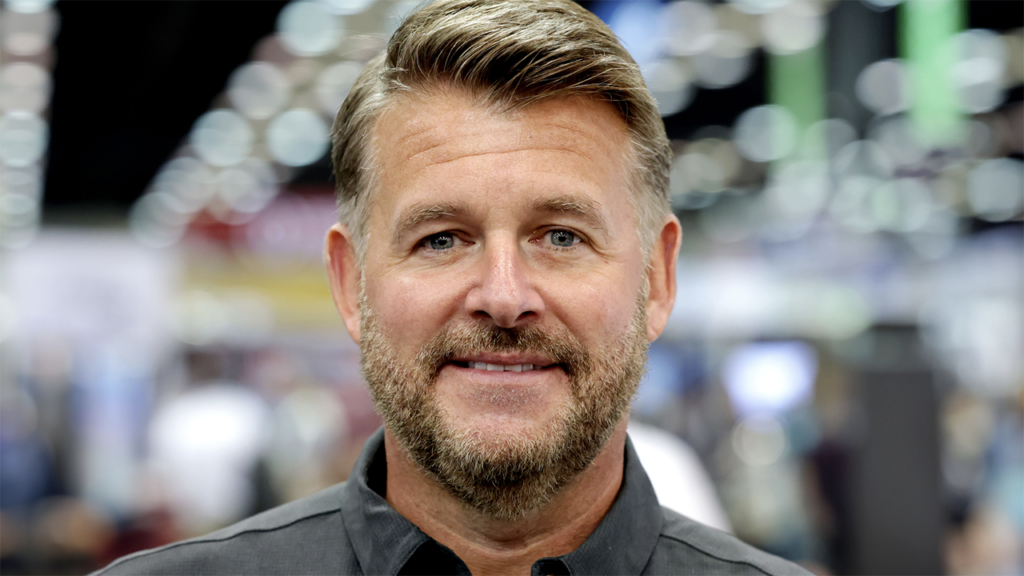
While not directly involved in RailPulse at this stage, one supplier keeping a close eye on developments is Amsted Digital Solutions (ADS). ADS has already tested or sold its BogieIQ technology to a number of the participants in RailPulse, says Brad Myers, Executive Vice President and Chief Operating Officer at ADS, who was speaking to IRJ at Railway Interchange in Indianapolis. There are also several other solutions in the pipeline that could benefit current and future RailPulse users.
Myers explains that as well as telecoms, cloud computing infrastructure is probably the biggest change that has sped up the adoption of advanced telematics in rail. “From our perspective it provides a lot of scalability and security,” he says. “We’re on an Azure cloud platform. Azure has its own machine learning (ML) tools integrated and one of the things we’re able to leverage is that we take our years of data, or billions of data points, and run different algorithms through that ML platform and extract the data from our servers. We don’t share that data with our clients, but we always have the option or opportunity to merge the data to find new patterns and different kinds of recognition. So, when we get new ideas from clients, we can actually go and test them in a quality environment to see what fits.”
Other technical advancements are evident in improved battery components that have extended the life of some detectors to seven and in some cases 15 years. “We’ve also got a hybrid design on our solar panel,” Myers says. “The way we have configured it is unique to us and it has helped us extend the life of the product.”
Over-the-air upgrades are also an important development for ADS. This enables the company to update software and device capability without physically having to bring the railcar into the workshop. “We have onboard what I’d say is an oversized processor and an oversized memory,” Myers says. “So as we roll out new features, we’ve got enough onboard computing power and enough onboard memory to store the additional data and still make it valuable. That’s a big difference.”
These types of upgrades are expected to boost the performance of Amsted’s acoustic bearing detection technology, which Myers says the company is refocusing on considering the major freight train derailment at East Palestine, Ohio, in February, restarting work that commenced shortly after the COVID-19 pandemic. ADS is now aiming to have a product on the market by the end of 2024.
Overall, Myers says ADS has come a long way since it embarked on its telematics journey in 2015. Back then the setup was based on eight sensors, one on each bearing adaptor as well as brake force sensors and a gateway. “It was crazy expensive,” he says. “But at the start we had to get enough field data to understand the dynamics around the entire car, and as we got to 2018-19, we realized that this is not going to be saleable—no-one is going to spend $3,000 per car. So in the past two years we have gotten it down to this form factor.”
ADS has also benefitted from experienced staff, many of whom have joined from other industries, armed with an intricate understanding of IT architecture but also able to benefit from Amsted Rail’s wider rail industry expertise. “I think that has catapulted us forward in a big way,” Myers says.
Currently, Myers foresees demand from customers to provide exception-based reporting, for example, identifying a wheel issue so that the asset can be removed from service. He says that ADS is “there on wheel health and brake health” and “pretty far along in its journey” on impact detection.
Overall, Myers says RailPulse has done great work to raise awareness in the North American freight sector of the possibilities and benefits that these types of digital technologies offer. He admits that many previously saw onboard detection as a bit of a “myth.” However, the program is showing what is possible.
“If the RailPulse consortium and even the people not directly involved in RailPulse really do believe in the technology and want to get serious about adoption, you unlock a lot of potential for the industry,” he says.
